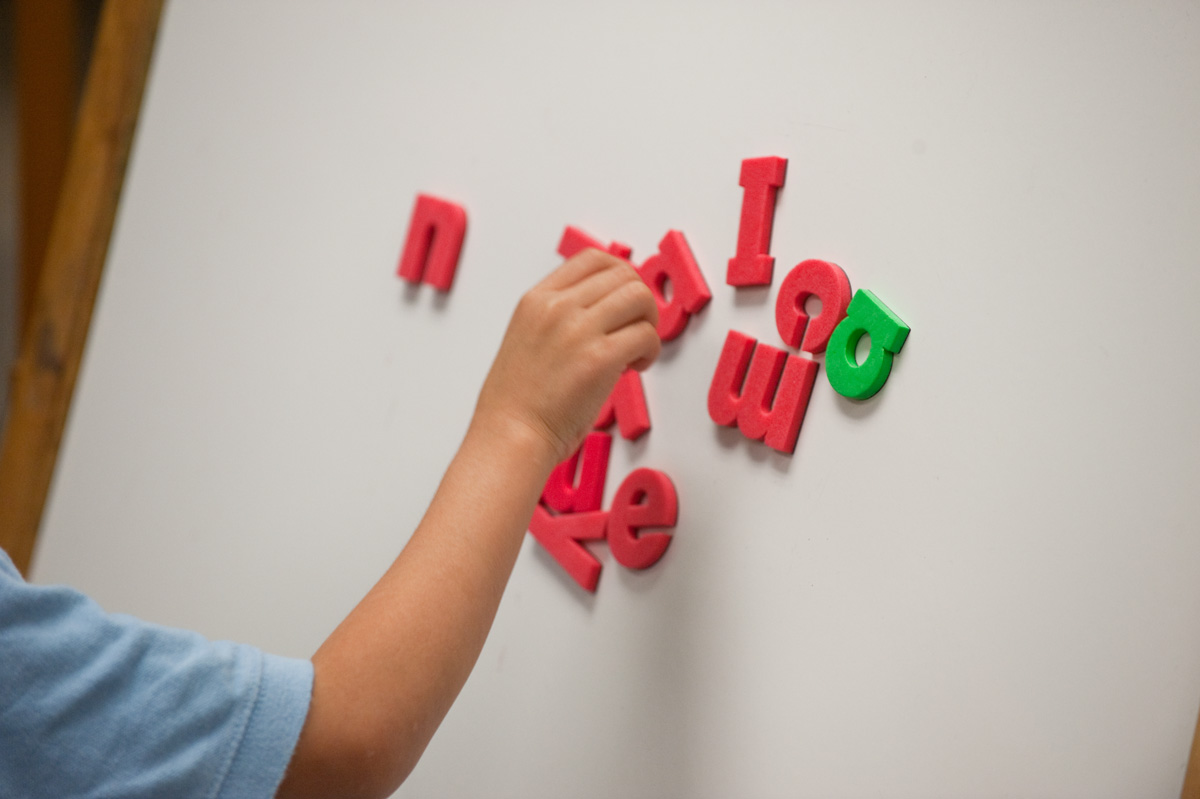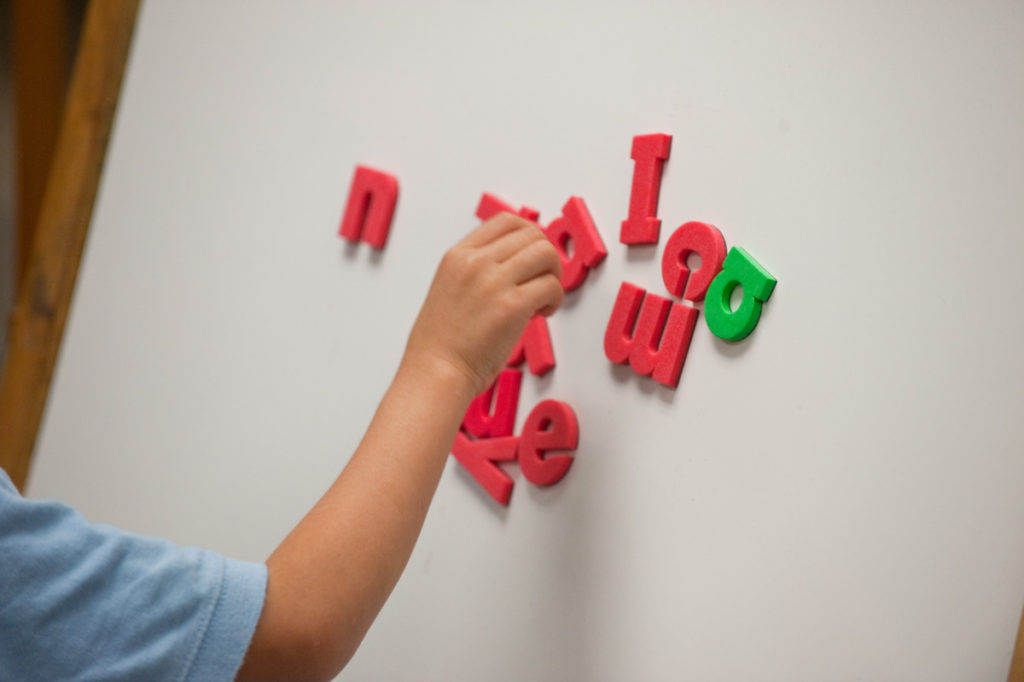The Value of Struggle

 “When did your courage surprise you?” I was profoundly moved by this question when it was posed at a conference I attended years ago, and it came back to me recently when I heard Alix Spiegel reporting about cultural perceptions of the role of intellectual struggle in learning on NPR’s Morning Edition.
“When did your courage surprise you?” I was profoundly moved by this question when it was posed at a conference I attended years ago, and it came back to me recently when I heard Alix Spiegel reporting about cultural perceptions of the role of intellectual struggle in learning on NPR’s Morning Edition.
At the conference, we explored themes of courage, endurance, leadership, and persistence in the face of challenge through the story of Sir Ernest Shackleton’s Imperial Trans-Antarctic Expedition of 1914, one of the most heroic survival stories of all time. Although the experience of schooling may not seem too similar to Sir Shackleton’s expedition, for those of us who work with children, the importance of endurance and persistence is a common thread.
Enduring and persisting in the face of struggle are crucial to learning, because learning is a hard and messy business. It’s not an easy expedition. Helping children develop the resilience they need to persist when they bump up against intellectual and social challenges is one of most important ways we can help them make the trek successfully.
Our beliefs about the source of academic excellence can shape how we are able (or not) to help children develop resilience. If we believe that children are successful in school because of their innate intelligence, then it’s logical for us to associate struggle with intellectual weakness. There’s a connection here to the danger of having what Carol Dweck calls a “fixed mindset”: the risk in valuing smarts over persistence is that we unintentionally communicate that some children “have it,” while others don’t.
One way we can provide children with the tools they need is by naming and celebrating the struggles that are inherent in learning. When we reinforce children’s successes, we need to name persistence as a quality that matters. So instead of saying, “I knew you could do this, you are so smart!” consider saying, “I saw how you really worked hard and used so many strategies to figure out how to solve that problem. What’s one thing that helped you?” instead.
Classrooms need to be safe havens for mistake-making and for struggling in the face of challenge. When we build a strong classroom community, where children know and trust their teacher and their classmates, they are better able to take the risks necessary for learning, and to persist when the going gets rough. Even something as simple as the language that we, as teachers, use with students can set the tone for learning and help children recognize and grow their own inner courage and strength.
The Power of Our Words: Teacher Language That Helps Children Learn shows how you can use words, tone, and pacing to build a classroom where students feel safe, respected, appreciated, and excited about learning.
“A MUST for every teacher. Reader-friendly, totally relevant, and makes a world of difference in day-to-day classroom routines!”
—Sara Hankins, 3rd grade teacher
Babs Freeman-Loftis is a Responsive Classroom consultant.
Tags: Building Classroom Community, Engaging Academics, Reinforcing Language